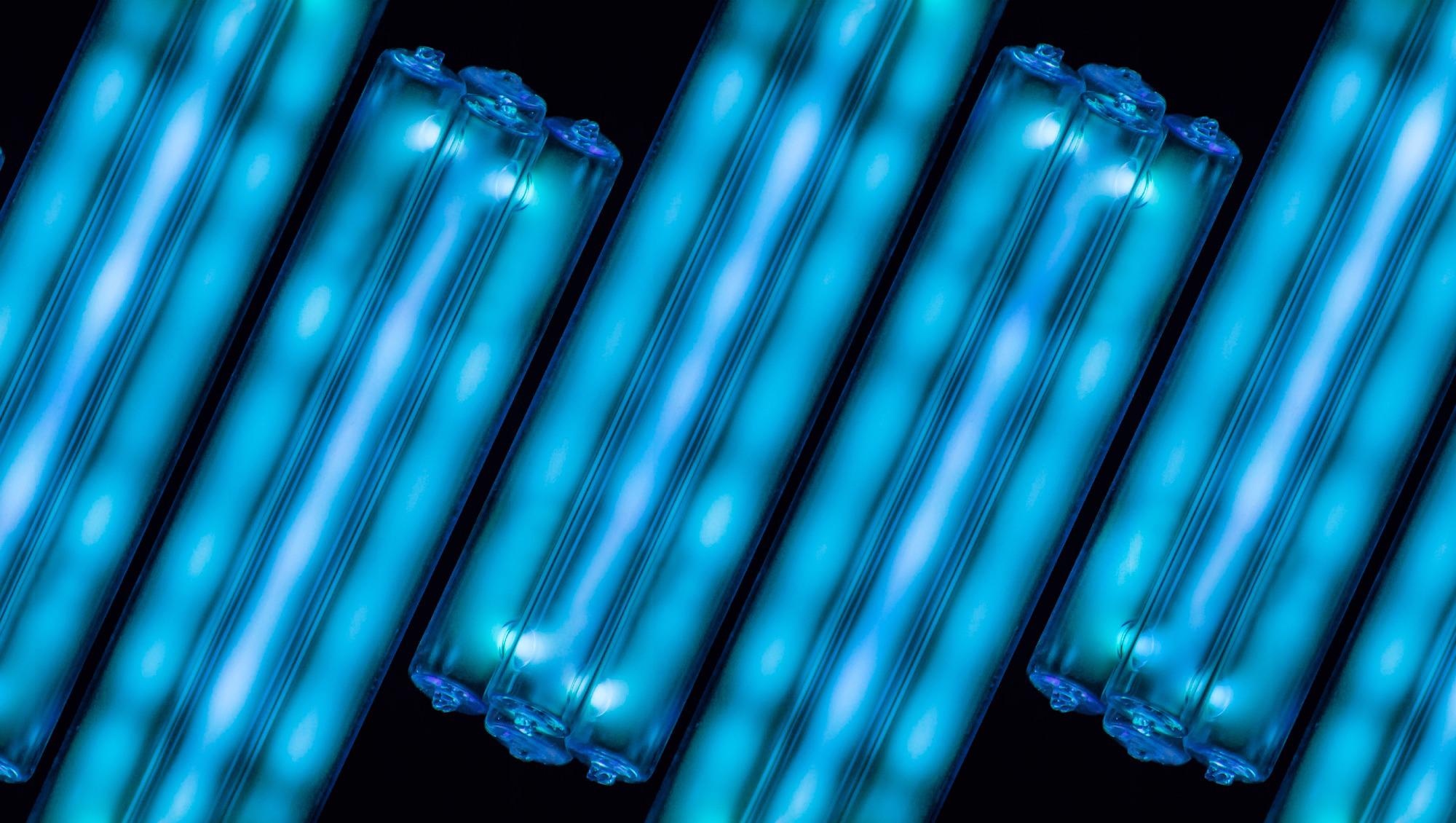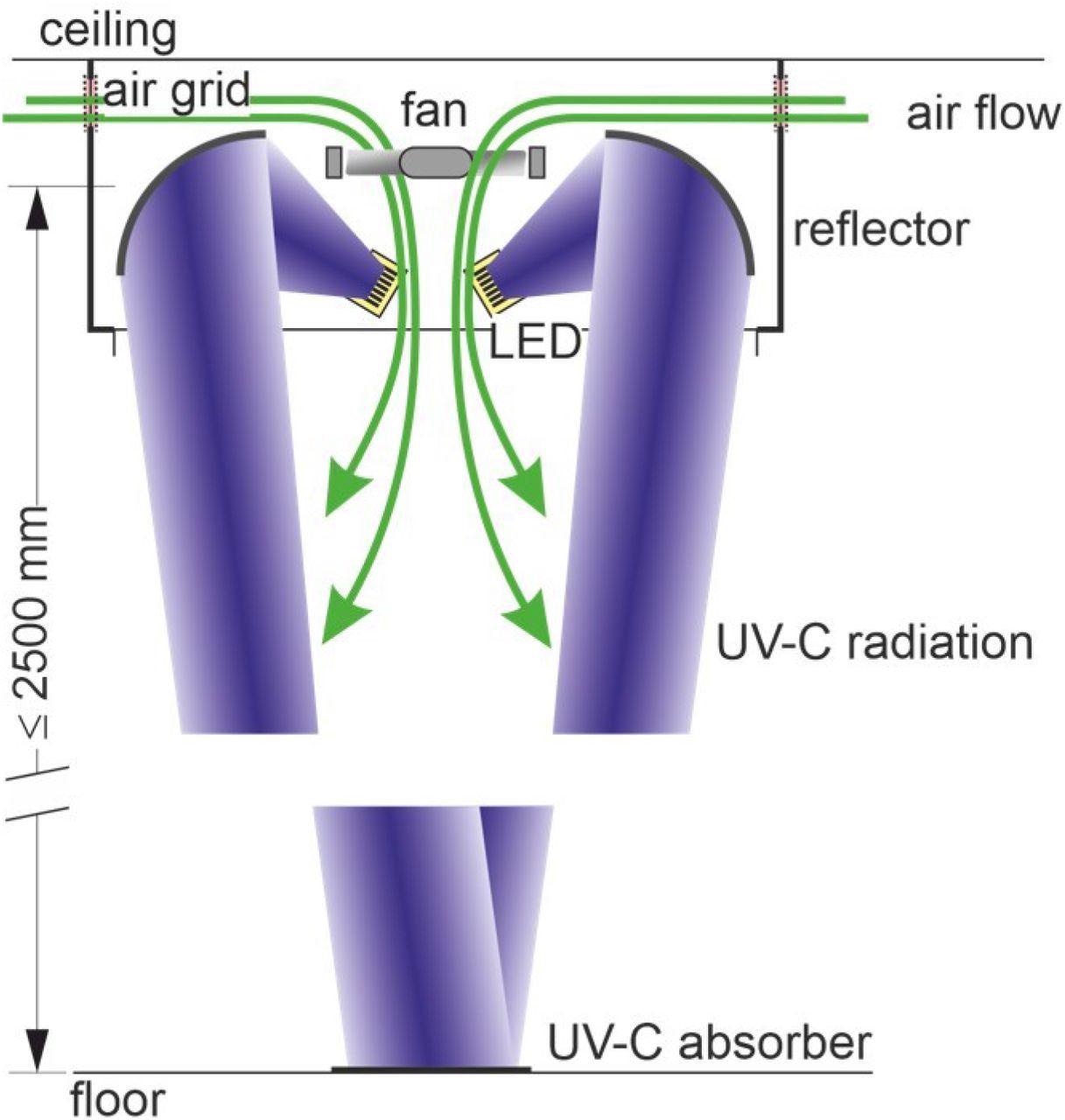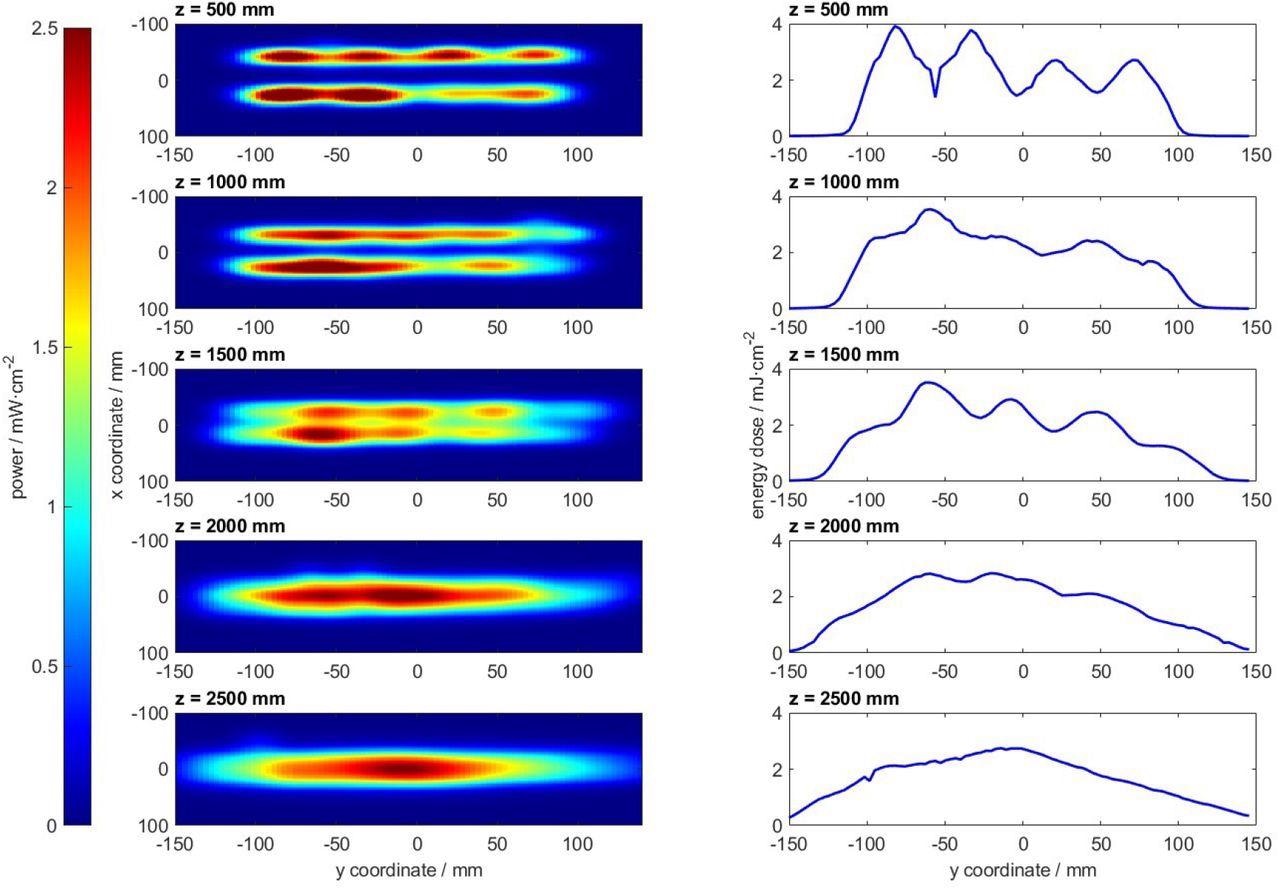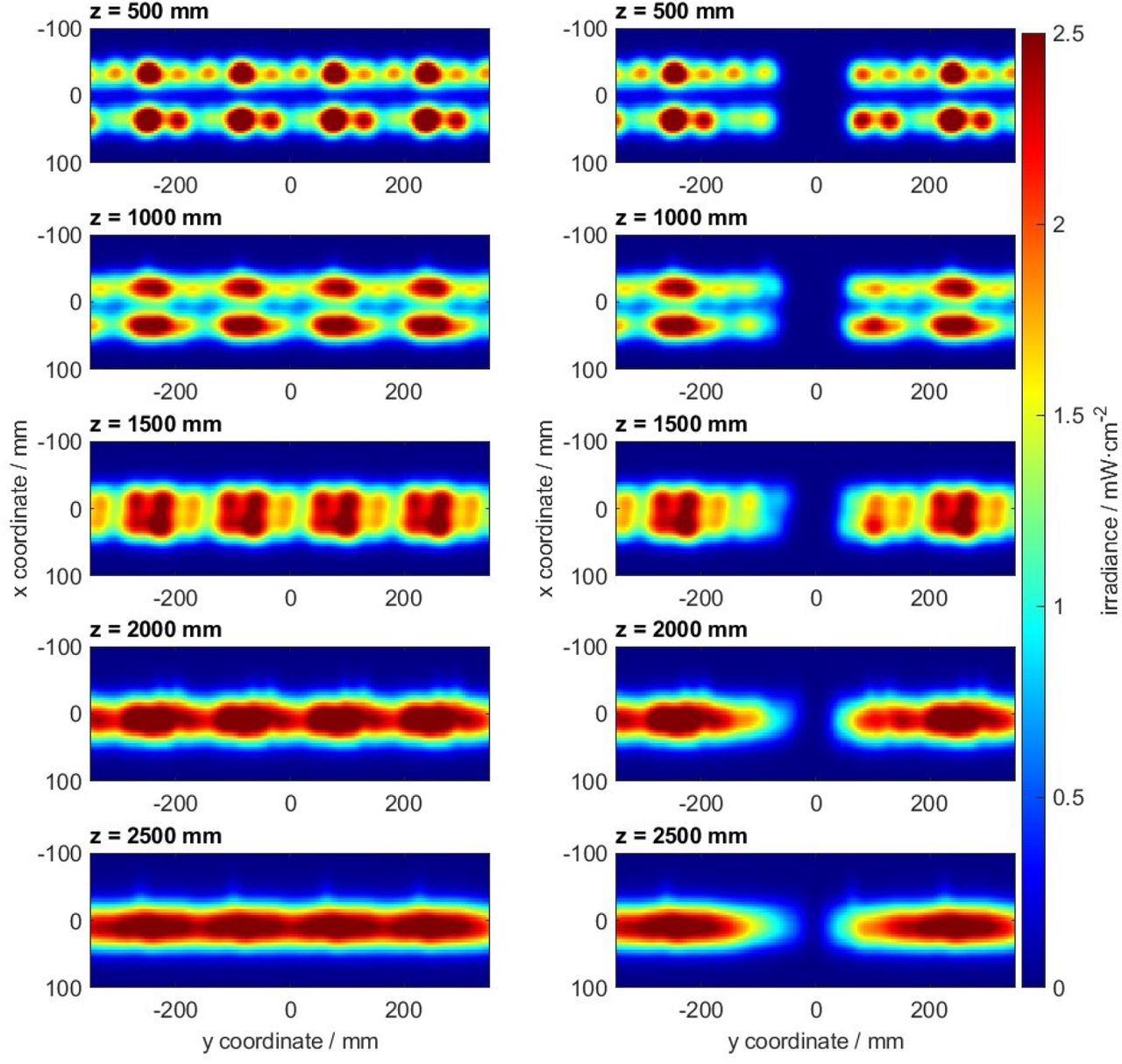It has been over two years since the Coronavirus disease 2019 (COVID-19) pandemic began. As a result, countries have been forced into costly and restrictive lockdowns, many individuals have been forced to 'shield' for long periods, and both physical and mental health has suffered.
While many developed countries have enacted mass vaccination schemes, new variants continue to emerge, showing the ability to evade vaccine-induced immunity.
Severe acute respiratory syndrome coronavirus 2 (SARS-CoV-2), the organism that causes COVID-19, is challenging to control partially due to the methods of transmission. Spreading primarily through droplet and aerosol transmission, it can be difficult to prevent infection if in contact with an infected individual in an enclosed space. Even masks, sanitization of surfaces, and good hygiene practices can sometimes be insufficient.
However, researchers from the Ludwig Maximilian University of Munich have created a new system to protect areas from the virus, using a light-emitting diode (LED)-based ultraviolet C (UV-C) light curtain. Specific wavelengths of UV-C are known to inactivate viruses and bacteria, and this tool could help keep areas sterile.
The researchers' study is currently available on the medRxiv* preprint server while awaiting peer review.
 Study: Aerosol decontamination and spatial separation using a free-space LED-based UV-C light curtain. Image Credit: Eduardo Y / Shutterstock
Study: Aerosol decontamination and spatial separation using a free-space LED-based UV-C light curtain. Image Credit: Eduardo Y / Shutterstock
The Study
The system the researchers created includes ventilation, component optics, and a system for safely switching off the UV-C source if items enter the light path. The light is generated by multicore LEDs projected by a concave mirror. Eight units are included in two parallel rows in one curtain. Before the beams leave the system, they pass through slats that prevent unwanted contact and block stray light.
 Schematic drawing of the overall system layout. A ceiling-mounted housing encloses the mirror-based optics and the air duct system.
Schematic drawing of the overall system layout. A ceiling-mounted housing encloses the mirror-based optics and the air duct system.
The UV-C light beam falls on a reflector that directs the light vertically, with the aim of budling radiation density to ensure that a homogeneous radiation volume is created in such a way to deactivate viruses.
Aerosol is drawn in simultaneously and forced into a gap between the reflectors, with a constant flow ensuring the air in the room encounters the radiation. However, as the creation of Ozone is a worry when using UV-C light, the system is set at a wavelength of 275nm – and is not energy-rich enough to produce Ozone.
 Irradiance map of one optical module in different distances to the source (left) and the corresponding integrated energy dose (right) for a particle passing the light curtain with a speed of 0.1 m s-1.
Irradiance map of one optical module in different distances to the source (left) and the corresponding integrated energy dose (right) for a particle passing the light curtain with a speed of 0.1 m s-1.
The scientists monitored the optical intensity distribution of the lamp unit in different distances using a light mapping tool developed in-house. This could detect the intensity between 500 and 2500mm, the usual installation distances of the system above the floor. They found that the peak intensity of the curtain at the highest distance was 2.61mW cm-2, and the half-width of the curatin was 53mm.
Intensity maps showed the two parallel rows of LEDs blended into each other at distances above 1.5m. The separate rows at lower distances are not an issue, as the organisms crossing the wall are still exposed to sufficient doses of radiation. The fastest speed expected for particles migrating across the wall is 0.1 m s-1.
 Continuous UV-C curtain simulated mathematically using the measured data of one module (left); the same system with one module in the center is switched off, simulating a locally engaged safety switch (right).
Continuous UV-C curtain simulated mathematically using the measured data of one module (left); the same system with one module in the center is switched off, simulating a locally engaged safety switch (right).
The researchers calculated the integrated UV dose for particles moving at this speed at different distances from the emitter and found that all particles would receive a sufficient dose to inactivate an organism
The researchers also used a UV-C module to illuminate a quartz glass window in an aerosol channel to examine the ability of the system to neutralize bacterial/viral solutions in a similar concentration and size profile to human breath. The aerosols were passed through the channel, retrieved, diluted, and plated. Colonies/viral plaques were manually counted after 10 days or twenty-four hours. When either E. coli or murine coronavirus were passed through the active channel, no colonies or plaques were formed. S. aureus was slightly more resistant but still showed a 2.75 log reduction in colony number.
Conclusion
The authors highlight that they have developed a system that can significantly reduce both viral and bacterial aerosols, including a coronavirus, even under the most unfavorable conditions.
As protection against aerosolized pathogens is typically very difficult, this could be incredibly useful for hospitals and healthcare facilities, helping to protect both workers and patients. With time, this technology could be adapted for other areas with high traffic.
While UV-C radiation can be dangerous, the system includes an in-built safety device and aims to minimize any stray light. With new variants continuing to arise, this technology could be a powerful tool against SARS-CoV-2, as well as future diseases.
Important notice
medRxiv publishes preprint papers that have not been certified by peer review. This information should not be used to guide clinical research or practice.